U.S. Environmental Protection Agency (EPA) Greenlights ESC Spectrum’s New Integrated Path CEMS (IP CEMS) Technology for Air Emissions Compliance

ESC Spectrum, a leading provider of environmental compliance solutions, is excited to announce the successful demonstration of Integrated Path CEMS for air emissions monitoring and reporting.
ESC Spectrum Launches Interim Reporting Services to Support Facilities with Temporary Reporting & Regulatory Help

ESC Spectrum is excited to introduce Interim Reporting Services, designed to help facilities maintain compliance during short-term staffing challenges. Our expert team provides support with data review, permit compliance, QA/QC management, and more—ensuring critical reporting obligations are met accurately and on time.
Why It Pays to Upgrade Your Data Acquisition System

Upgrading your Data Acquisition System (DAS) isn’t just about staying current—it’s about improving efficiency, ensuring compliance, and reducing costs. Whether you’re facing outdated technology, new regulations, or inefficiencies, the right DAS can streamline operations and enhance data visibility. Learn the key signs that it’s time for an upgrade and how a modern system can maximize your ROI.
Tracking Fuel Gas Sulfur Content: Why It Matters and How to Do It Right

Accurate fuel gas sulfur tracking is critical in the oil and gas industry to meet regulatory standards, protect equipment, and reduce environmental impact. This blog explores challenges in monitoring sulfur content, methods like Continuous Emissions Monitoring Systems (CEMS), and how advancements in technology help industries achieve precise and reliable sulfur management.
Tail Gas Treatment Units (TGTUs): Essential for Sulfur Recovery
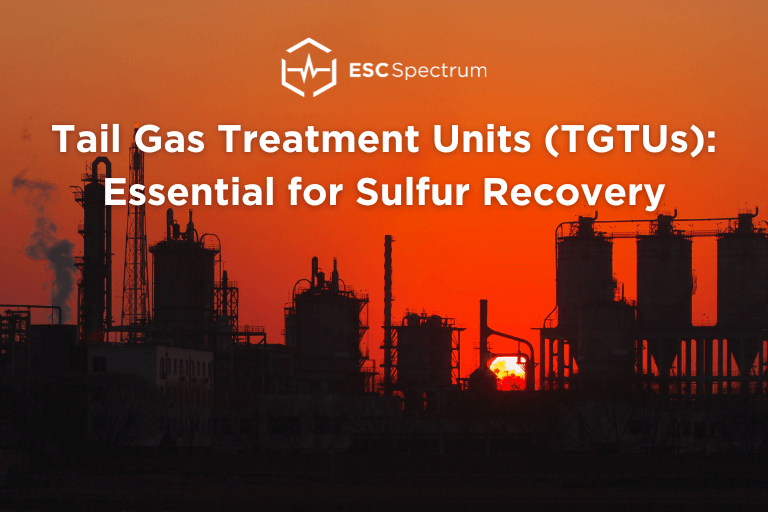
Read this post to discover how Tail Gas Treatment Units (TGTUs) help refineries meet stringent sulfur recovery and emissions control standards. This blog covers essential TGTU technologies, regulatory requirements, and the vital role that TGTUs play to improve sulfur recovery efficiency.
ESC Spectrum Academy Launches CEMS Training to Streamline Technician Education

Designed with technicians’ busy schedules in mind, the self-paced, online CEMS training empowers techs to learn best practices without interrupting daily operations.
Benefits of Upgrading Your Data Acquisition System (DAS)
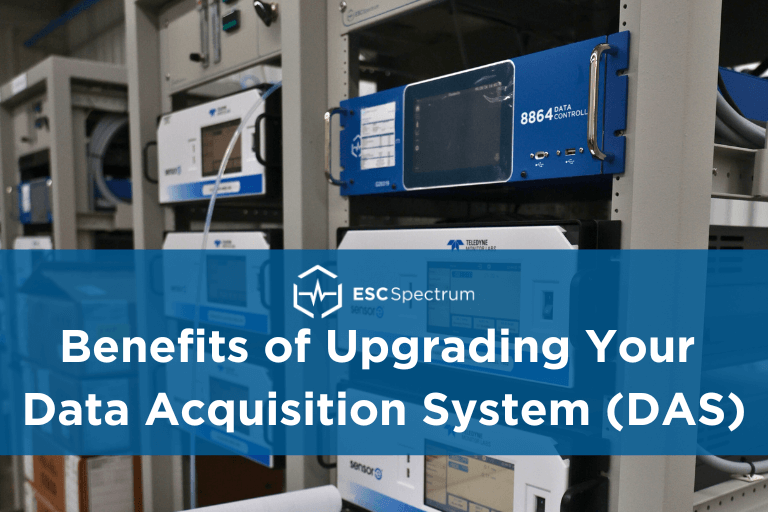
In today’s regulatory landscape, ensuring air emissions compliance is crucial. A reliable and robust Data Acquisition System (DAS) plays a pivotal role a Continuous Emissions Monitoring Systems (CEMS). Upgrading your DAS offers numerous benefits, read more to explore the advantages of upgrading and what you can expect from the DAS changeout process.
ESC Spectrum Hosts Record-Breaking 2024 User Group Event in Pensacola Beach

ESC Spectrum’s 2024 User Group in Pensacola Beach set a new attendance record and hosted some of the most substantial training sessions to date.
Monitoring Flare Gas Flows: Challenges and Solutions

This blog post examines the challenges and solutions of monitoring flare gas flows within industries like oil and gas, chemical processing, petrochemical, and refining. Explore how advanced technologies along with innovative monitoring systems, ensure accurate measurements, regulatory compliance, and operational efficiency.
NSPS OOOOb & OOOOc Rules on Methane: What You Need to Know

Discover key insights on the EPA’s finalized NSPS OOOOb and OOOOc rules targeting methane emissions in the oil and natural gas sector. Learn about the stringent measures, compliance requirements, and industry impacts of these essential regulations effective November 2022.
Gas Chromatography CEMS for Refining: Performance Specification 9

Learn more about 40 CFR Part 63 Subpart CC Performance Specification 9 to ensure accurate measurement of gaseous organic compound emissions. Performance Specification 9 (PS-9) establishes the requirements and procedures for Gas Chromatographic Continuous Emission Monitoring Systems (CEMS) in stationary sources.
Electronic Data Report (EDR): A Guide to Effective Emissions Data Management

Dive into the world of Electronic Data Reports (EDRs) with our expert guide. Learn how to manage emissions data effectively, ensure compliance, and avoid errors. Explore practical tips and real-world solutions from industry experts.
Decoding the World of Flare Gas Monitoring

This article explores the details of flaring, including types of flares, operations, applications, and monitoring methods.
New Release: RATAView™ Version 1.5 Now Available

RATAView Version 1.5 release offers new features and enhancements to help stack testers’ perform RATA tests accurately and efficiently.
Mastering Air Compliance: Best Practices for Your Data Acquisition System

In the intricate landscape of environmental regulations, industries face the ongoing challenge of remaining compliant. Read this blog post for a comprehensive guide on how to navigate the complexities of these regulations with confidence, starting with your Data Acquisition System.
New Release: Prism Version 1.8 Data Acquisition System

We’re excited to announce the release of Prism Version 1.8! This release provides new features designed to make CEMS compliance and monitoring easier and more productive than ever.
New Release: StackVision™ Version 7.3 Data Acquisition System

Industry-leading DAS StackVision Version 7.3 presents new features and provides enhancements and updates to existing features that will improve user efficiency.
Continuous Emissions Monitoring 101: NOx Analyzers

Read this article to learn more about NOx Analyzers, how they measure NOx through Chemiluminescence, and how to maintain your NOx analyzer.
New Release: QAInsight™ Version 1.3 Now Available

QAInsight helps industrial companies solve challenges with scheduling, planning, and tracking a myriad of activities related to performing Quality Assurance tests required by state and federal agencies. Enhancements in Version 1.3 offer new features to improve overall user experience.
New Release: RATAView™ Version 1.3 Now Available

RATAView Version 1.3 release offers new features and enhancements to help stack testers’ perform RATA tests accurately and efficiently.
Portable CEMS: The Search for Accuracy
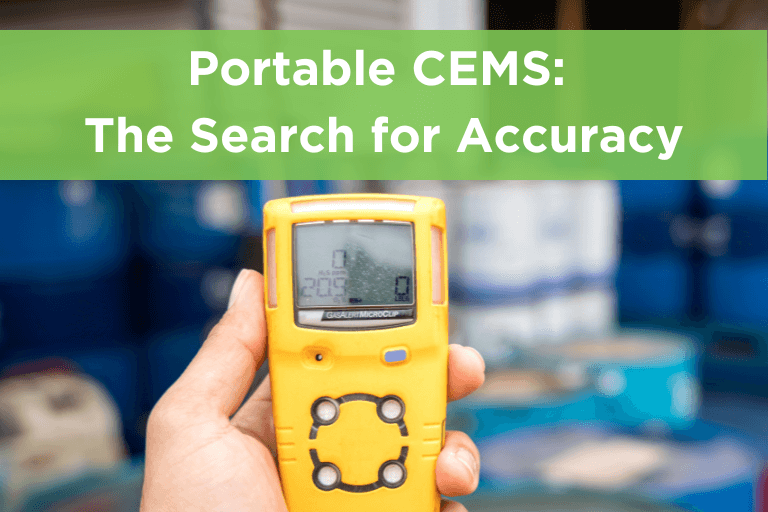
In this article, we will cover the key takeaways when shopping for a portable gas analyzer (portable CEMS) to measure emissions.
ECMPS 2.0 Re-Engineering: Key Takeaways
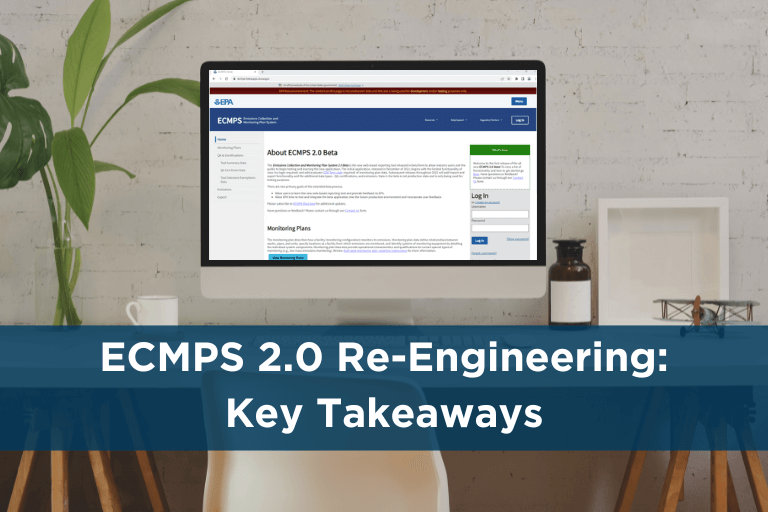
In this article, we outline all of the latest updates with the ECMPS 2.0 tool for submitting monitoring plans, QA data, and emissions data.
New Release: RATAView™ Version 1.2 Now Available

RATAView Version 1.2 release offers new features and enhancements to help stack testers’ perform RATA tests accurately and efficiently.
New Release: Prism Version 1.6 Data Acquisition System

The Prism data acquisition system (DAS) Version 1.6 release provides new features designed to make CEMS compliance and monitoring easier and more productive than ever.
What are Title V Operating Permits?

Learn about the Environmental Protection Agency’s (EPA) Title V Operating Permits for emissions sources and how to comply.
Don’t Skip The Factory Acceptance Test (FAT)

The purpose of a FAT is to verify that equipment/software for a new project is working properly prior to installation. While FATs are not required, they are certainly a very important step in ensuring a successful project.
New Firmware Release Further Enhances the Robust and Reliable 8864 Data Controller

The 8864 Data Controller Firmware v6.02.r60 includes a number of new features that enhance its usability and reliability.
ESC Spectrum Expands Product and Service Offerings and Regional Reach with Acquisition of Control Analytics, Inc.

ESC Spectrum, industry leader in air emissions monitoring and compliance, has acquired Control Analytics, Inc. Control Analytics provides continuous emissions and process monitoring systems and services to a variety of industries. The acquired company is located near Pittsburgh, PA., and will operate as Control Analytics, an ESC Spectrum company.
Air Emissions Regulations 101

Air Emissions Regulations 101 provides an overview of EPA history, the similarities and differences between Part 60, 63 and 75 and ESC Spectrum’s role in monitoring and compliance.
Air Quality Compliance Reporting 101

Learn more about the activities required for 40 CFR Part 60/63 and 40 CFR Part 75 reporting and how ESC Spectrum can help!
New Release: RATAView™ Version 1.1 Now Available
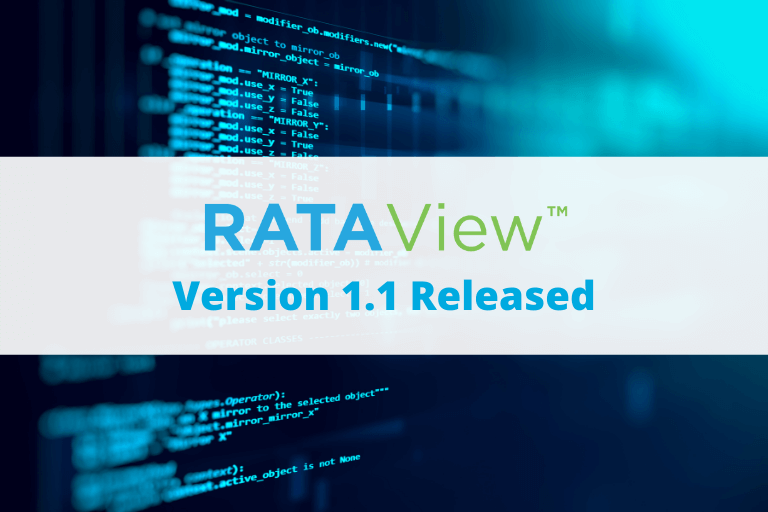
RATAView Version 1.1 release offers new features and enhancements to help stack testers’ perform RATA tests accurately and efficiently.
New Release: Prism Version 1.5 Data Acquisition System

The Prism data acquisition system (DAS) Version 1.5 release provides new features designed to make CEMS compliance and monitoring easier and more productive than ever.
ESC Spectrum Expands Thought Leadership in Regulatory Realm with Launch of “The Source” Air Emissions Compliance Blog

After 50 years in the emissions compliance industry, ESC Spectrum launched “The Source” blog. The Source seeks to offer advice and explanations regarding air emissions compliance based on ESC Spectrum’s decades of experience.
Air Compliance Reporting: January is the Busiest Month of the Year

January is the busiest time of the year in the CEMS world for many reasons. The holiday season interrupts the day-to-day life and makes preparation for future activities more difficult. On top of that, January isn’t just a reporting month, but the reporting month; not only do you have to prepare quarterly reports, but also semiannual monitoring reports for Title V operating periods, and annual compliance reports. For most of the people involved in preparing and submitting these series of reports exhale a big breath of relief when it is finally done — but what’s next?
CEMS Data Review Checklists

Now is the perfect time for organizing to get ready for next year – from straightening your closet to cleaning up your desktop to staying on top of reviewing your CEMS data. There are many data points to track at different times of the year. To help make this process easier, we’ve created a series of CEMS Data Review Checklists to keep it all straight.
ESC Spectrum Expands Product and Service Offerings, Testing Capabilities, Regional Reach with Acquisition of Monitoring Solutions

ESC Spectrum, an industry leader in air emissions monitoring and compliance, has acquired Monitoring Solutions, further growing the company’s footprint in the Continuous Emissions Monitoring (CEM) market. The acquired company will operate as Monitoring Solutions, an ESC Spectrum Company. Monitoring Solutions has been helping customers meet demands for air pollution monitoring and reporting due to Part 60 and Part 75 regulatory requirements since 1997.
New Release: StackVision™ Version 6.17 Data Acquisition System

Industry-leading DAS StackVision Version 6.17 provides new features resulting in increased usability, efficiency, processing speed, and more.
How to Improve Your Quality Assurance Filing Process

Don’t wait – prepare before the end of the quarter! Learn how to improve your quality assurance (QA) filing process, including our 7 Steps for success.
StackVision™ Case Study: New Orleans Power Station

Learn how the New Orleans Power Station used StackVision for Reciprocal Internal Combustion Engine (RICE)-specific monitoring and reporting.
New Release: FleXReports™ Version 1.2 Now Available

FleXReports gives StackVision Data Acquisition System (DAS) users the power to develop fleetwide reports that aggregate data, then customize the format with Excel. Enhancements in Version 1.2 make it easier for users to configure, filter, and view data that FleXReports has retrieved from StackVision.
StackVision™ Case Study: Petrochemical Plant

Learn how a Petrochemical plant used the StackVision Data Acquisition System for a +200K ROI by reducing Emergency Work Orders by 50%.
New Release: StackVision™ Version 6.16 Data Acquisition System

Industry-leading DAS StackVision Version 6.16 provides new features resulting in increased usability, efficiency, processing speed, and more.
New Release: QAInsight™ Version 1.1 Now Available

QAInsight helps utilities and other industrial companies solve the challenges of scheduling, planning, and tracking a myriad of activities related to performing Quality Assurance tests required by state and federal agencies. Enhancements in Version 1.1 offer new features to improve overall user experience.
CEMS Solutions Case Study: O-I

Learn how the Owens-Illinois (O-I) glass manufacturer used ESC Spectrum’s full suite of CEMS solutions to meet air compliance challenges.
StackVision™ Case Study: Calumet Refinery

Learn how Calumet refinery used the StackVision DAS for flare monitoring and compliance with the Refinery Sector Rule (RSR).
